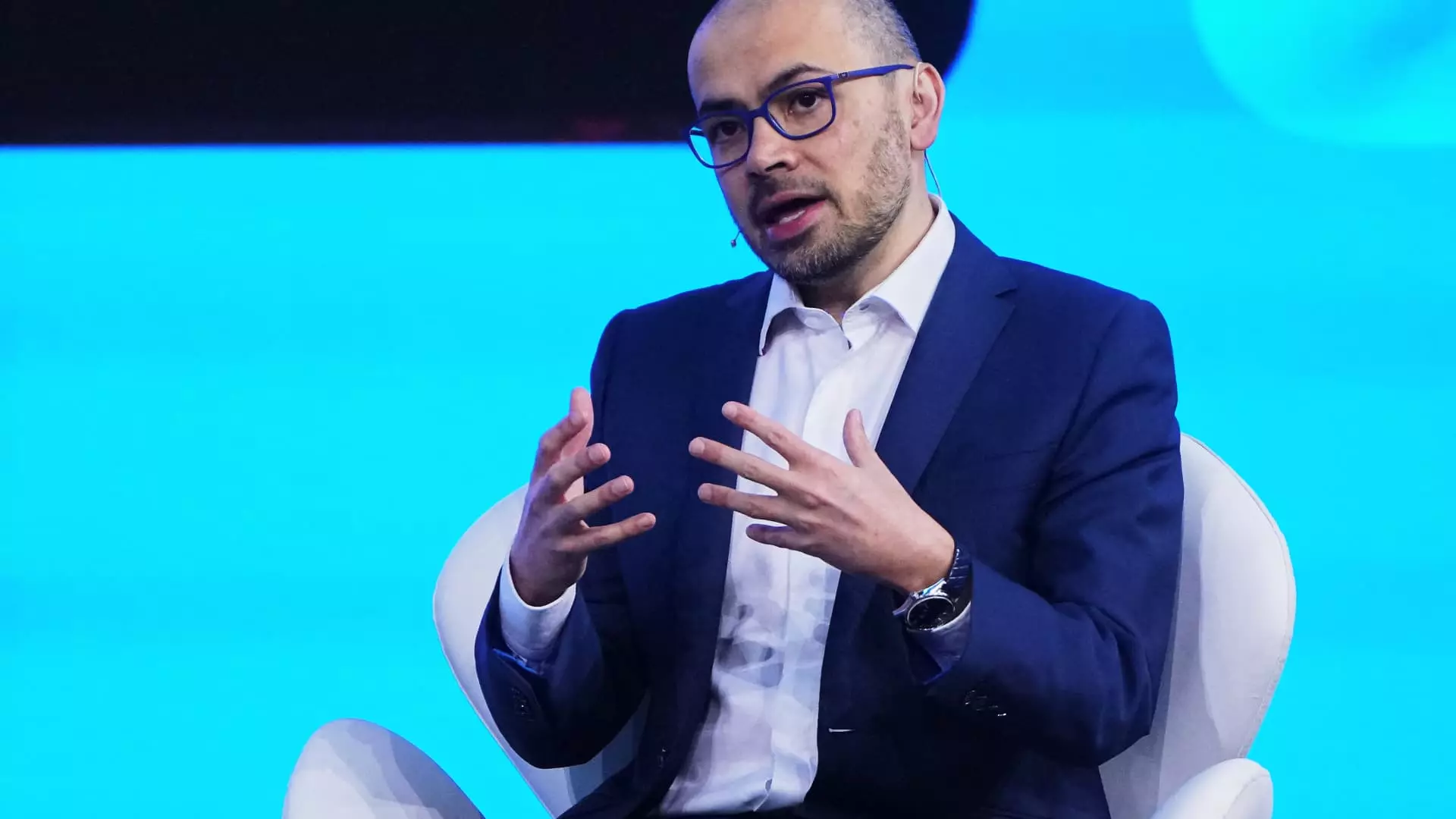The conversation surrounding artificial intelligence (AI) is as dynamic as it is complex. The recent emergence of China’s Deepseek has added fuel to this ongoing discourse, especially following their controversial announcement that their AI model is not only highly efficient but also operates at a significantly lower cost compared to established players like Google DeepMind. During an event in Paris, Demis Hassabis, the CEO of Google DeepMind, provided a mixed review of Deepseek’s model. While he acknowledged it as “probably the best work I’ve seen come out of China,” his remarks unveiled a critical skepticism about the underlying technological advancements behind it.
Deepseek’s AI model generated significant buzz in the tech community, triggering a wave of stock sell-offs as investors grappled with the idea that their profit margins could be threatened by a competitor that claims to be scaling AI development with less financial input. This reaction highlights a crucial aspect of the tech industry: investor sentiment can often be swayed by the perceived potential of emerging technologies. However, Hassabis made it clear that while Deepseek’s engineering may have merit, the model’s reliance on established techniques does not constitute a groundbreaking advancement. He qualified the hype surrounding Deepseek as “exaggerated,” a statement that raises essential questions about the evaluation criteria we use to assess AI progress.
The concept of artificial general intelligence (AGI), which describes AI that can replicate the full spectrum of human cognitive abilities, is a focal point of ongoing discussions among tech leaders. Hassabis posits that the industry may be on the verge of achieving AGI within the next five years. This statement does not exist in isolation; it resonates with sentiments expressed by other influential figures in AI, including Sam Altman of OpenAI, who believes that the blueprint for AGI is within reach. The optimism regarding the timeline towards AGI is indeed compelling; nevertheless, it comes bundled with a set of significant risks.
The potential for humans to lose control over systems they have engineered is a pressing concern. As AI continues to accelerate towards greater autonomy, ethical considerations regarding control and accountability come to the forefront. Notably, scientists such as Max Tegmark and Yoshua Bengio have articulated similar apprehensions, emphasizing the urgent need for responsible governance in the development of AGI. This raises an important point: what measures are being put in place to ensure that humanity’s creations will not spiral out of our control?
The skepticism expressed by industry experts concerning Deepseek’s cost claims further complicates the narrative. Critics argue that the assertion of operating on less advanced hardware while simultaneously achieving superior results is misleading. This discourse highlights a critical dilemma in AI development: how do we balance innovation with transparency? The enthusiasm surrounding new models should not overshadow the importance of scrutinizing the methodologies behind them, especially when public resources and private investments are on the line.
As we stand on the cusp of potentially monumental shifts in AI capabilities, it is vital to consider the broader implications for society. What would a world with AGI look like, and how can we ensure that such a development benefits all segments of the population? The challenges of integrating advanced AI into everyday life are manifold, encompassing economic disparities, job displacements, and ethical considerations around privacy and security.
The road towards AGI is fraught with complexities that extend beyond mere technical advancements. The framework of collaboration, regulation, and responsibility must be redesigned to navigate this evolving landscape. This necessitates a commitment from tech leaders and policymakers alike to engage in transparent dialogues addressing both the promises and perils of AI.
While Deepseek’s breakthrough claims have stirred discussions about the future of AI, critical evaluation is necessary to separate fact from hype. As the industry inches closer to AGI, society must proactively engage with the implications of this technology. A concerted effort in governance, ethics, and public discourse is crucial to steer AI’s trajectory towards enhancing human life rather than jeopardizing it. As we look forward, it is essential to not only innovate but to do so responsibly, ensuring that technological advancements align with societal good.

